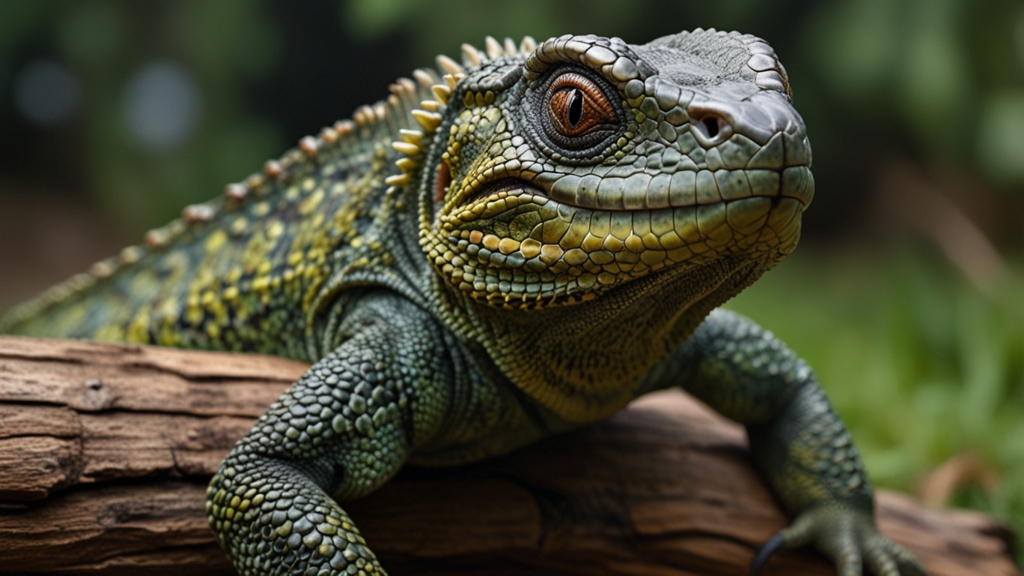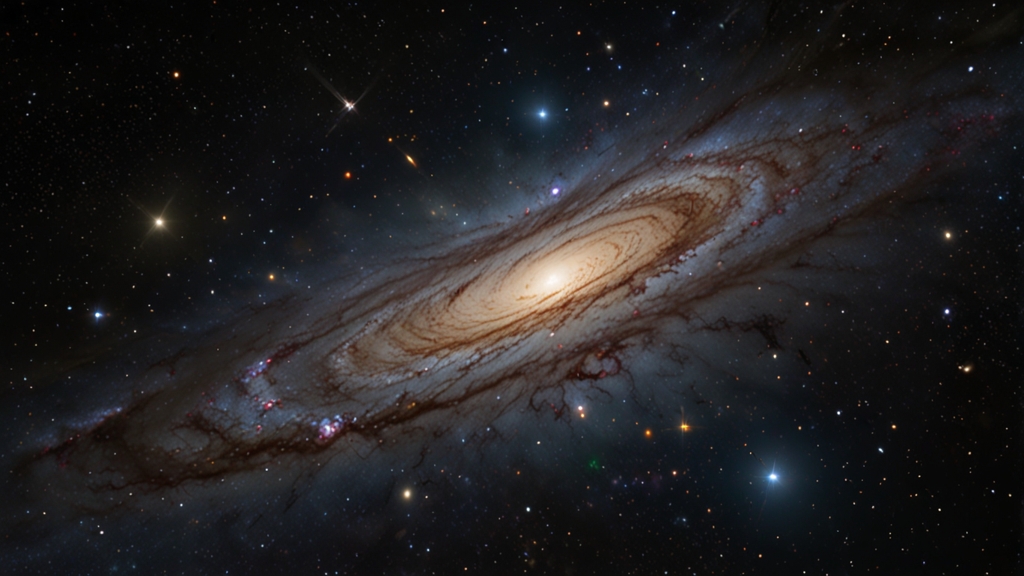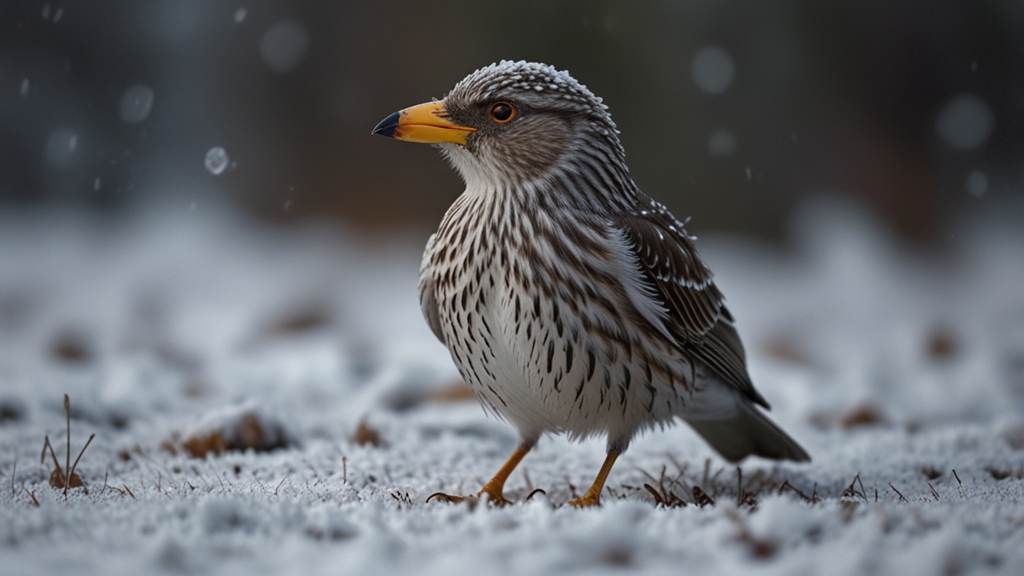Introduction
In the intricate web of life, every species has a role that contributes to the balance of nature. Unfortunately, a significant number of these species are now on the brink of extinction. The urgency to protect and restore endangered wildlife is more critical than ever. This race against time is not just about saving individual species; it's about preserving the ecosystems that support life on Earth.
The Causes of Endangerment
The reasons why species become endangered are multifaceted. Habitat destruction, climate change, poaching, and pollution are among the primary culprits.
Habitat destruction, driven by deforestation, urban development, and agriculture, forces species to survive in shrinking environments. Climate change disrupts migration patterns and breeding seasons, making it difficult for species to sustain their populations. Poaching and illegal wildlife trade target species for their fur, tusks, and other body parts, pushing many to the brink of extinction. Pollution, from plastics to chemicals, contaminates water and soil, impacting the health of countless animals.
Conservation Efforts
A diverse array of conservation initiatives is being implemented globally to protect endangered wildlife. These efforts range from establishing protected areas and reserves to captive breeding programs and reforestation projects.
"Conservation is humanity caring for the future." - Nancy Newhall
Protected areas and wildlife reserves serve as sanctuaries, allowing species to thrive without the immediate threat of human encroachment. Captive breeding programs seek to increase population numbers with the goal of reintroducing animals into the wild. Reforestation projects restore natural habitats that have been lost to deforestation, providing homes for countless species.
The Role of Technology
Advancements in technology are revolutionizing the way we approach conservation. GPS tracking, drones, and remote sensing technologies are being used to monitor wildlife populations and track movements. This data is invaluable for developing effective conservation strategies.
Moreover, genetic research is playing a crucial role in understanding biodiversity and resilience. Techniques such as gene editing and cloning are being explored to revive extinct species and bolster genetic diversity in endangered populations.
"The preservation of biodiversity is not an option. It is a necessity." - E. O. Wilson
Community Involvement
Engaging local communities is vital for the success of conservation efforts. Educating and involving them in wildlife protection can create a sense of ownership and responsibility. Eco-tourism provides a sustainable way for communities to benefit economically while preserving their natural heritage.
Indigenous knowledge, accumulated over generations, can offer invaluable insights into sustainable practices and wildlife management. Incorporating this knowledge into modern conservation strategies can lead to more effective and culturally respectful approaches.
The Global Impact
Protecting endangered wildlife has profound implications beyond the immediate survival of species. Biodiversity is the cornerstone of ecosystem health, influencing everything from soil fertility to climate regulation. Therefore, conserving endangered species is essential for maintaining the life-support systems of our planet.
Furthermore, many species have cultural and spiritual significance, contributing to the identity and heritage of human societies. The loss of such species would not only be a biological tragedy but also a cultural one.
Conclusion
The race to save endangered wildlife is a complex and multifaceted endeavor requiring global cooperation and a commitment to sustainable practices. While the challenges are immense, the potential rewards are equally significant. By working together to protect endangered species, we are not only preserving the natural world but also securing a future for generations to come.
"In the end, we will conserve only what we love; we will love only what we understand, and we will understand only what we are taught." - Baba Dioum











